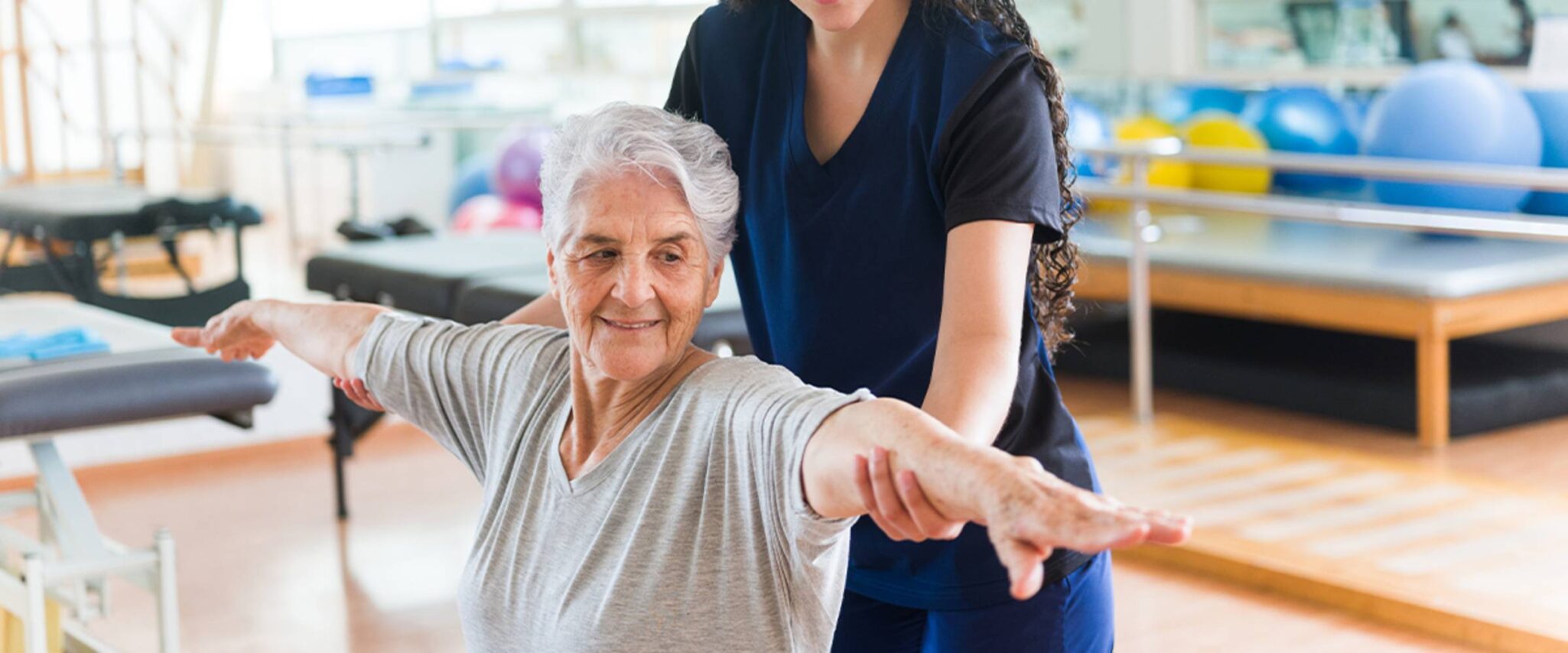How an Occupational Therapist Helps Seniors with Parkinson’s

Parkinson’s disease is a disorder that damages the nervous system and affects movement. It’s a progressive disease that affects a person’s ability to carry out ADLs and IADLs in a normal fashion.
- ADLs: Activities of daily living, such as getting out of bed, taking a shower, dressing and eating
- IADLs: Instrumental activities of daily living, such as caring for a pet, cooking, driving
Recognize The Symptoms
While Parkinson’s can’t be cured, medications and therapy can significantly improve some of the symptoms. Parkinson’s treatments such as occupational therapy generally address visible symptoms such as tremors, stiffness and slowing of movement. These symptoms are different for each person, but may include:- Tremoring: Shaking that usually begins in a hand or fingers. The person affected by Parkinson’s may rub their thumb and forefinger back and forth, like they’re rolling a pill.
- Slower movement: A person may drag their feet when they try to walk or take shorter steps. Simple tasks may take more time, and movements like getting out of a chair more difficult.
- Rigidity: Muscle stiffness happens throughout the body and is painful enough to limit motion.
- Loss of balance and posture: Weaker muscles cause a stooped posture and poor balance.
- Loss of automatic movements: Loss of muscle control affects smaller reactions such as blinking or smiling, or larger reactions such as swinging the arms while walking.
- Speech changes: Speech becomes softer, slurred or hesitant, in more of a monotone.
- Writing changes: Writing is shaky, smaller and less legible.




